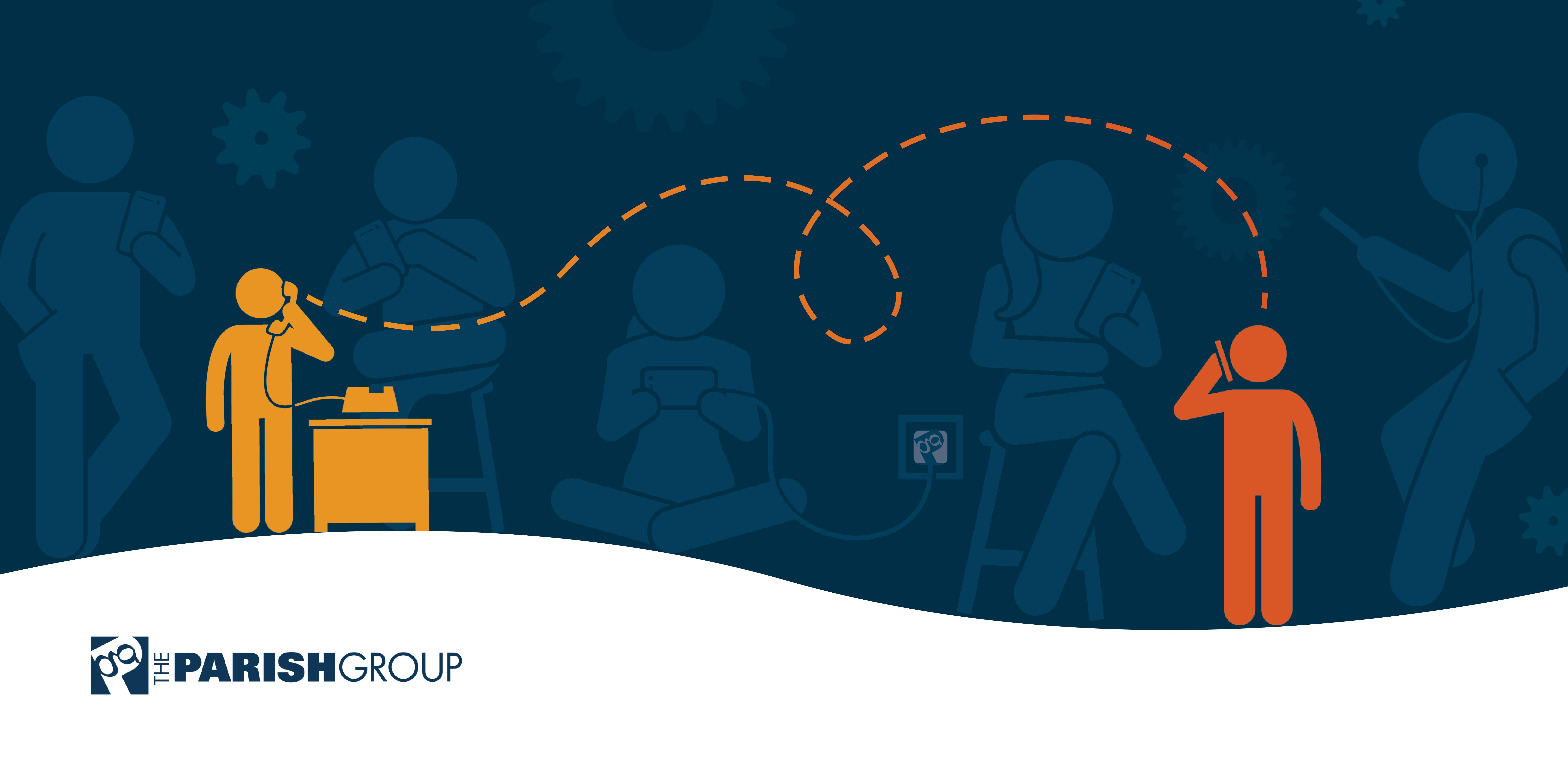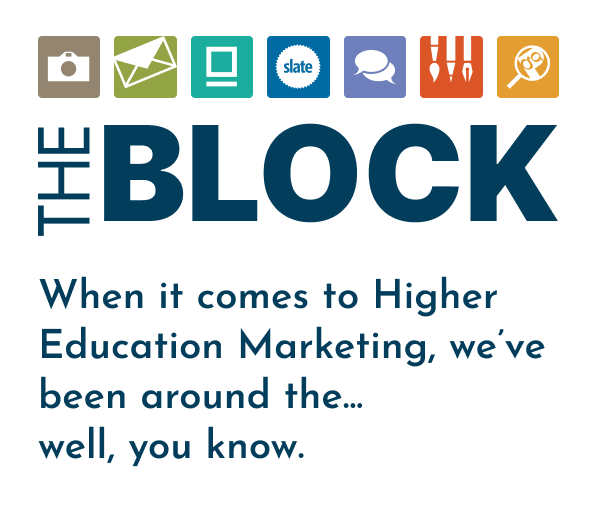
Now that CRMs are common fare for most enrollment operations, we see quite the gamut of governing philosophies on how to best utilize them.
Should they serve as a data warehouse? An operations management tool? A communication automation hub? All of the above?
The short answer is all of the above, but in reality, that leads to a deeper question — what is the fundamental purpose of a tool that can support all of these faceless, automated functions in an industry that is built on personal relationship development?
That answer boils down to the epistemological foundation that enrollment management is predicated on two functions:
- Continuous connection and engagement with students on an individualized level
- An operational support structure built on systemic and efficient processes
And the latter truly supports the first.
Relationship development has and always will be the crux upon which influencing the best enrollment decisions occurs.
Your CRM is merely a cog (though a significant one) in support of that relational engagement. It cannot replace it for you.
The most optimally integrated CRMs are those that do not appear to be a CRM at all when interacting with prospective students.
Every communication (whether automated or one-off) is personalized. And more than just by first name.
The data accessible in an optimally-utilized CRM allows for communication customization in varied and nuanced directions — geography, academic interest, list source, high school, legacy, first-gen status, and beyond.
If you capture it, it becomes a trigger for variable content and personalization. And once a student interacts with your system, the limits only increase.
This approach is pertinent for not only your current cycle, but longitudinally, as historical interaction data helps define and redefine what works best.
But back to the fundamental question — what good is it doing?
The good in a well-oiled CRM is that it takes the pressure off of the rote, time-consuming processes of old, and allows recruiters to refocus effort on the basics — connecting with students for whom they can influence a life-altering decision.
It provides a bevy of contextual information around each prospect so that interactions and conversations aren’t run of the mill — they are personal, distinct, and have the potential to yield results.
So in this particular day and age, where face to face interaction is so limited, now is the time to assess how much good your CRM is doing and consider the right path to optimization.






